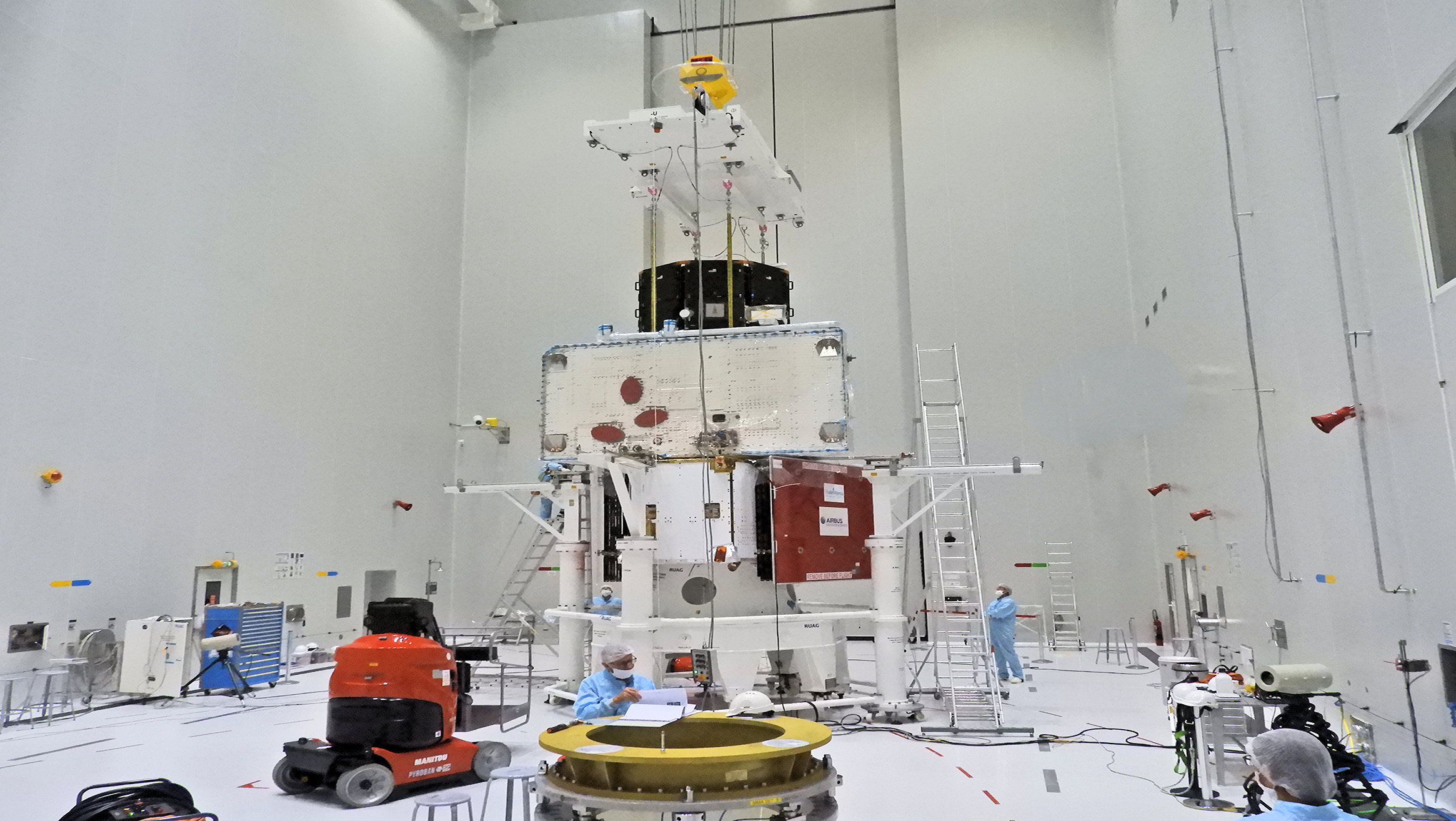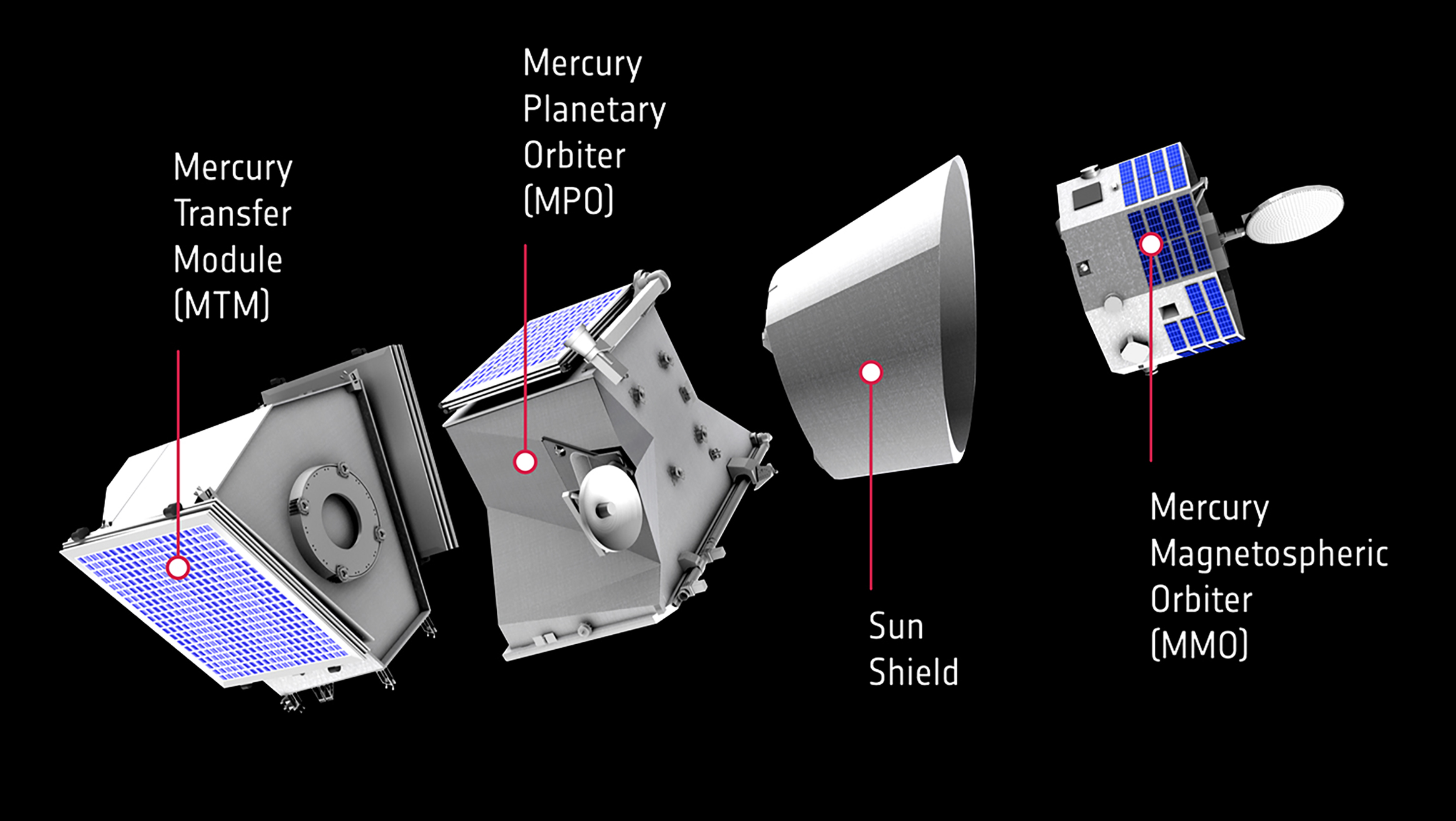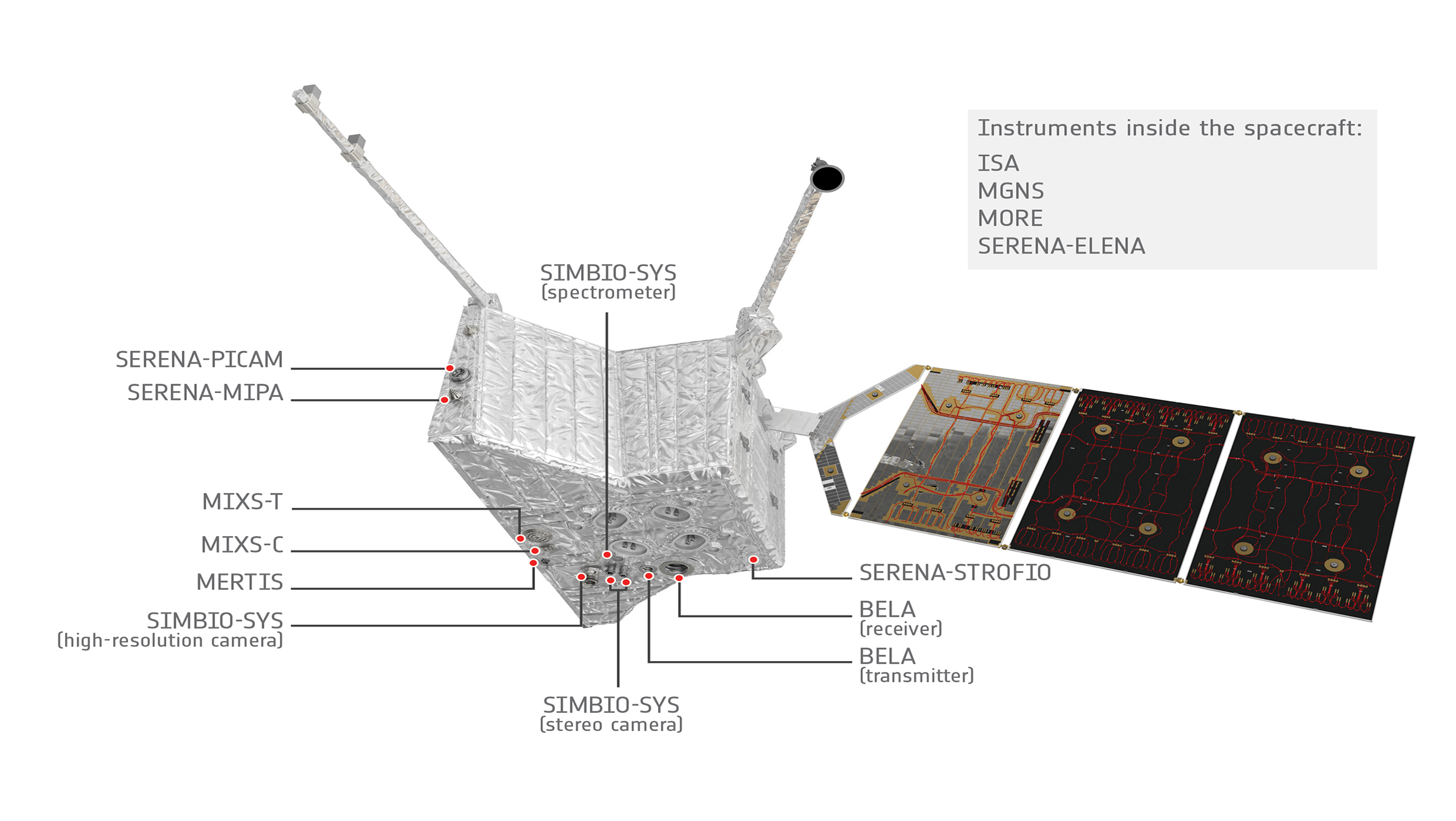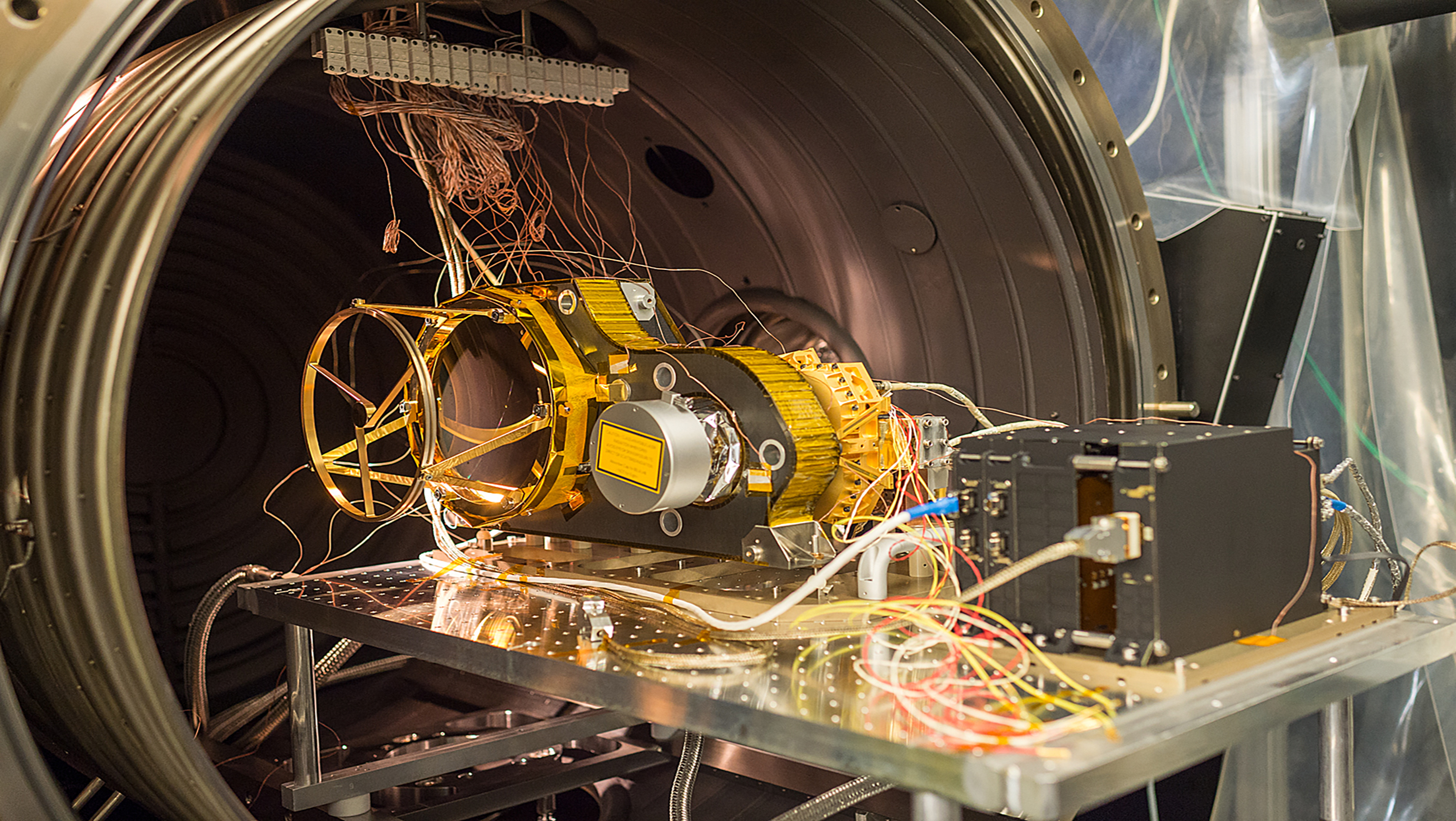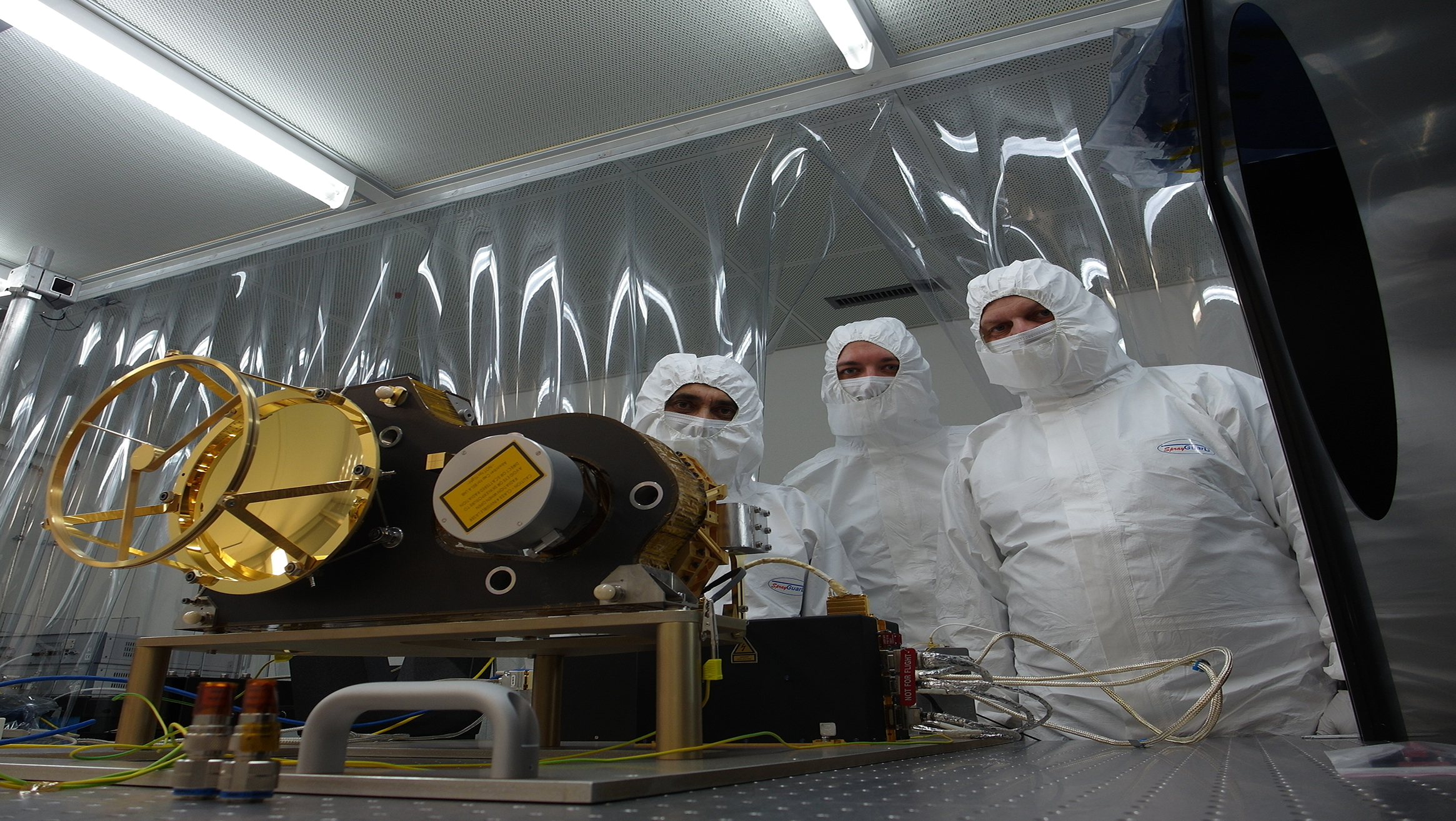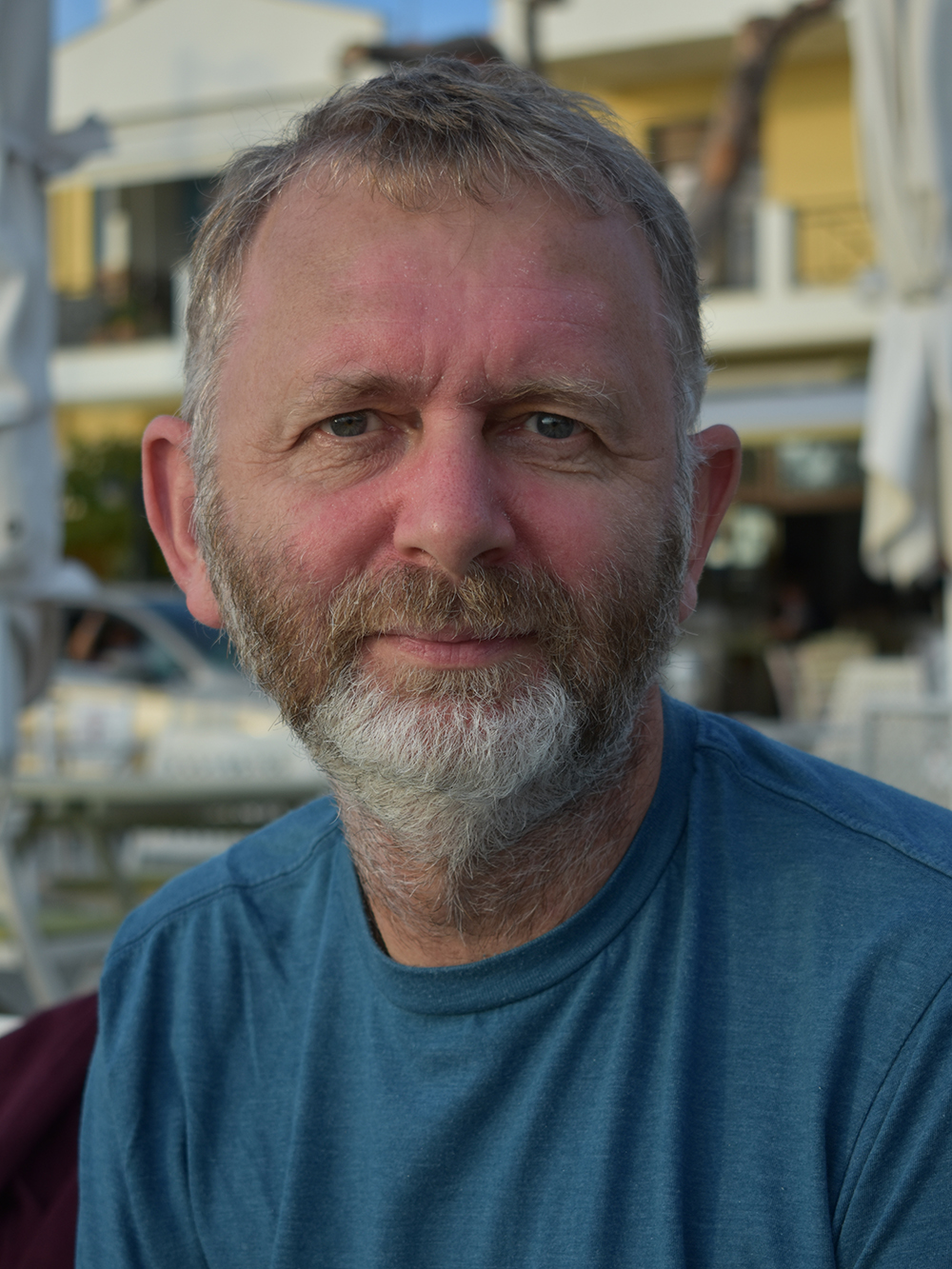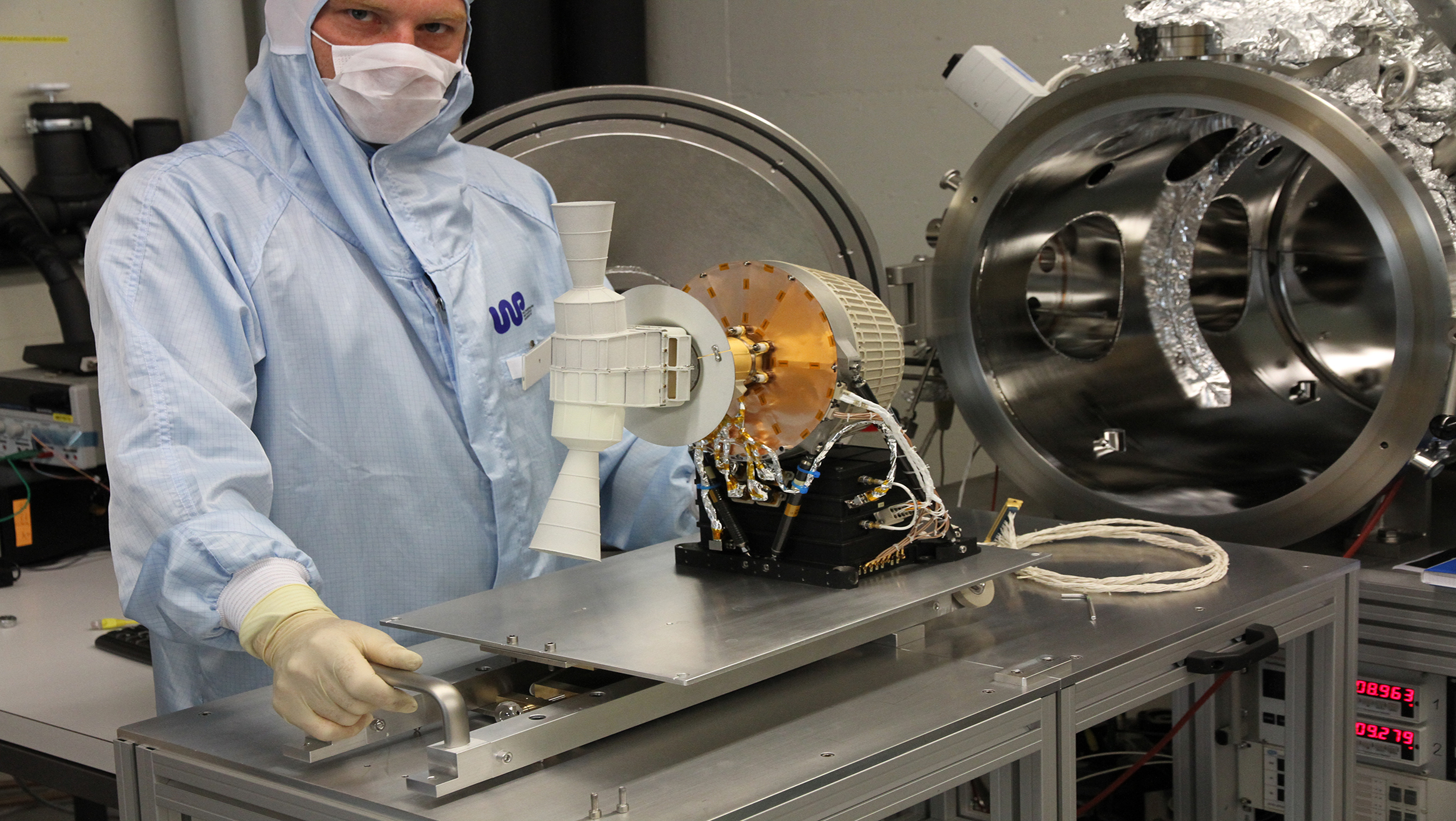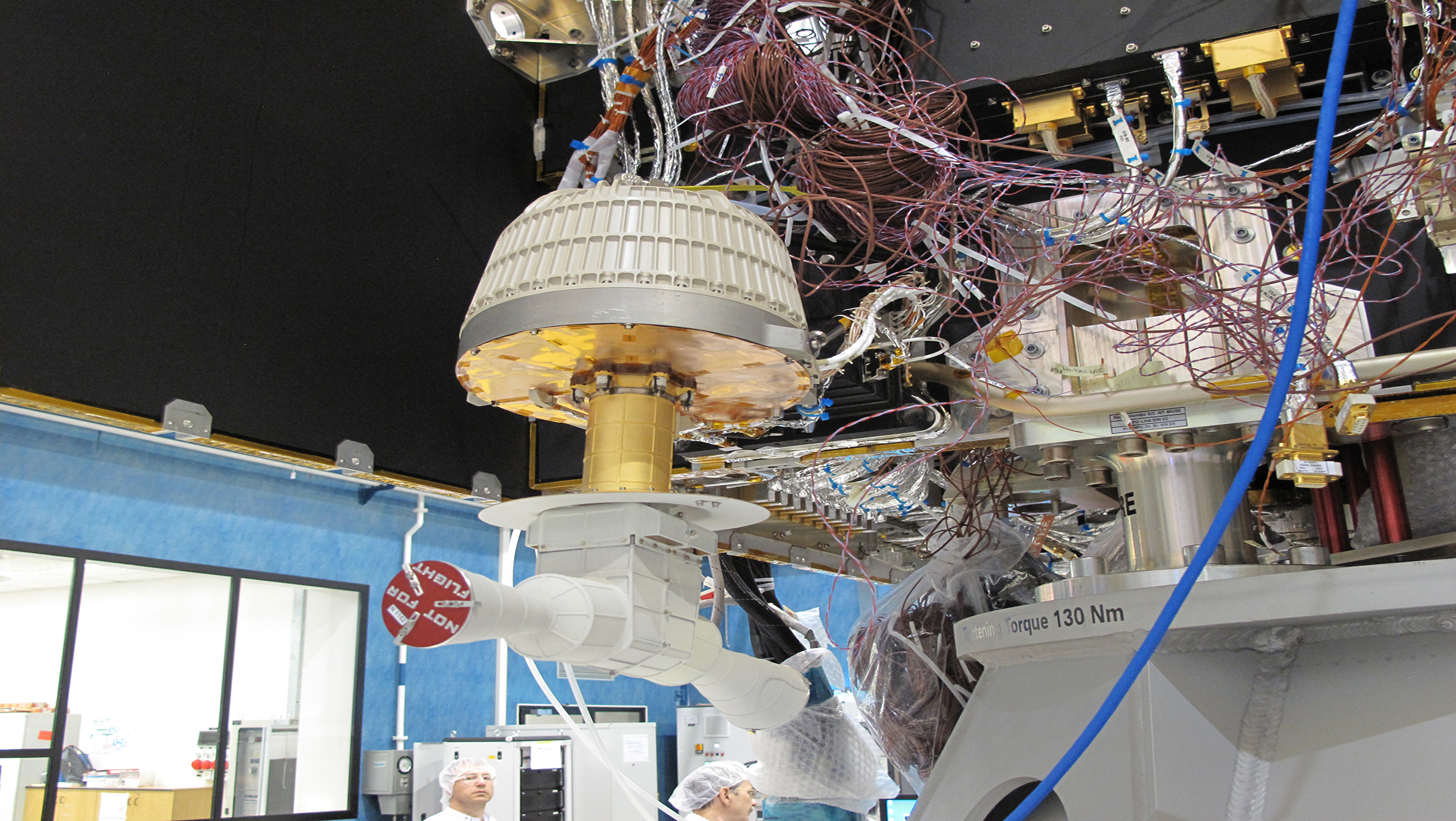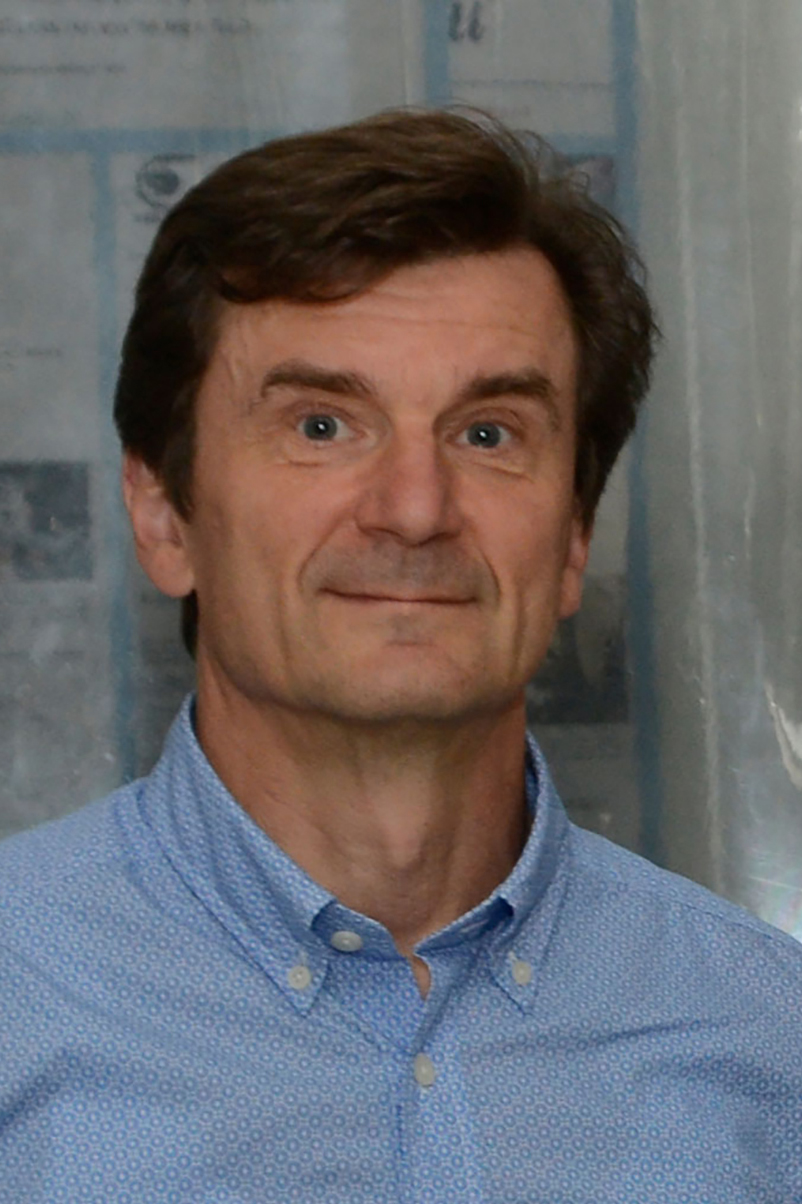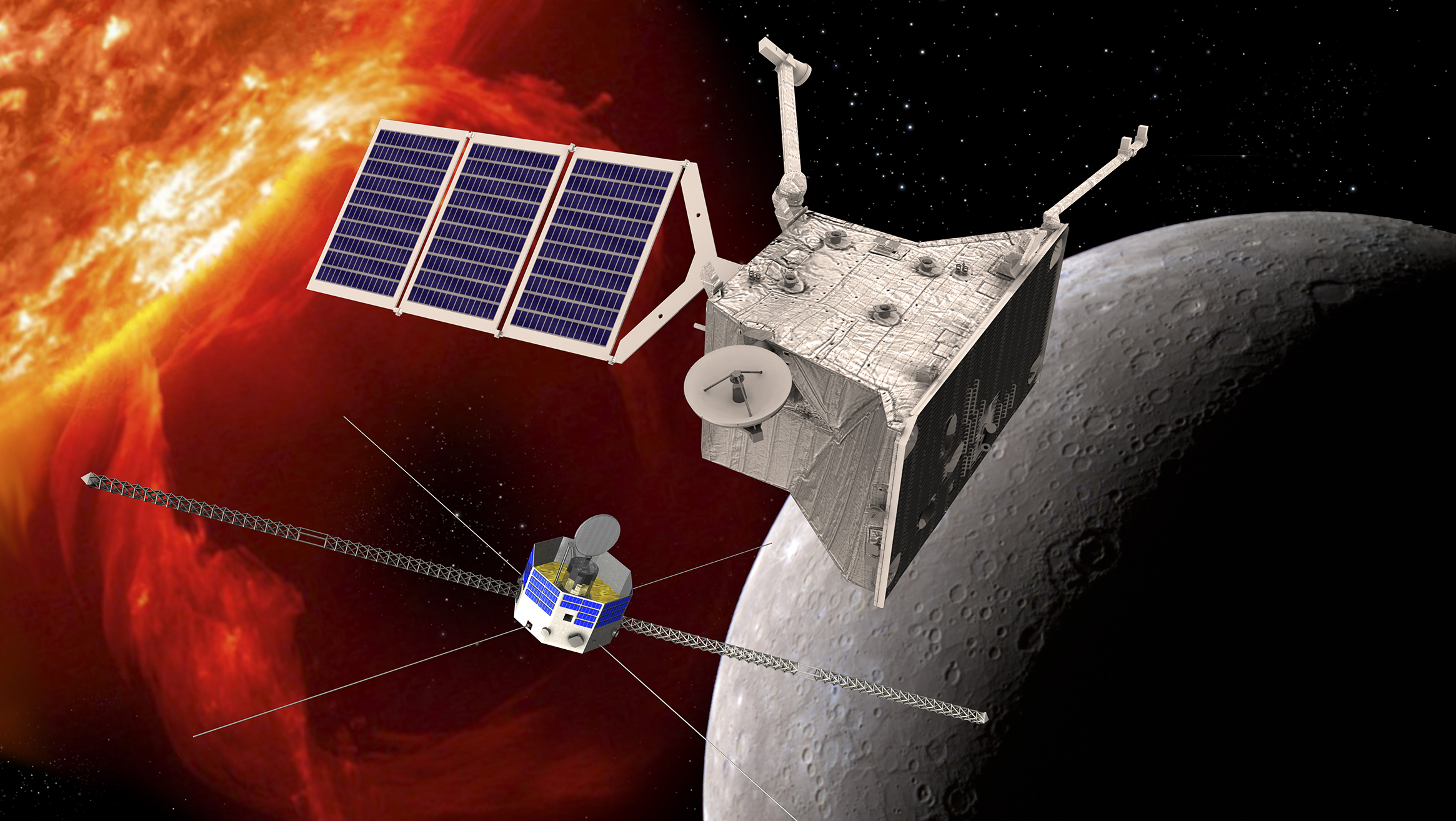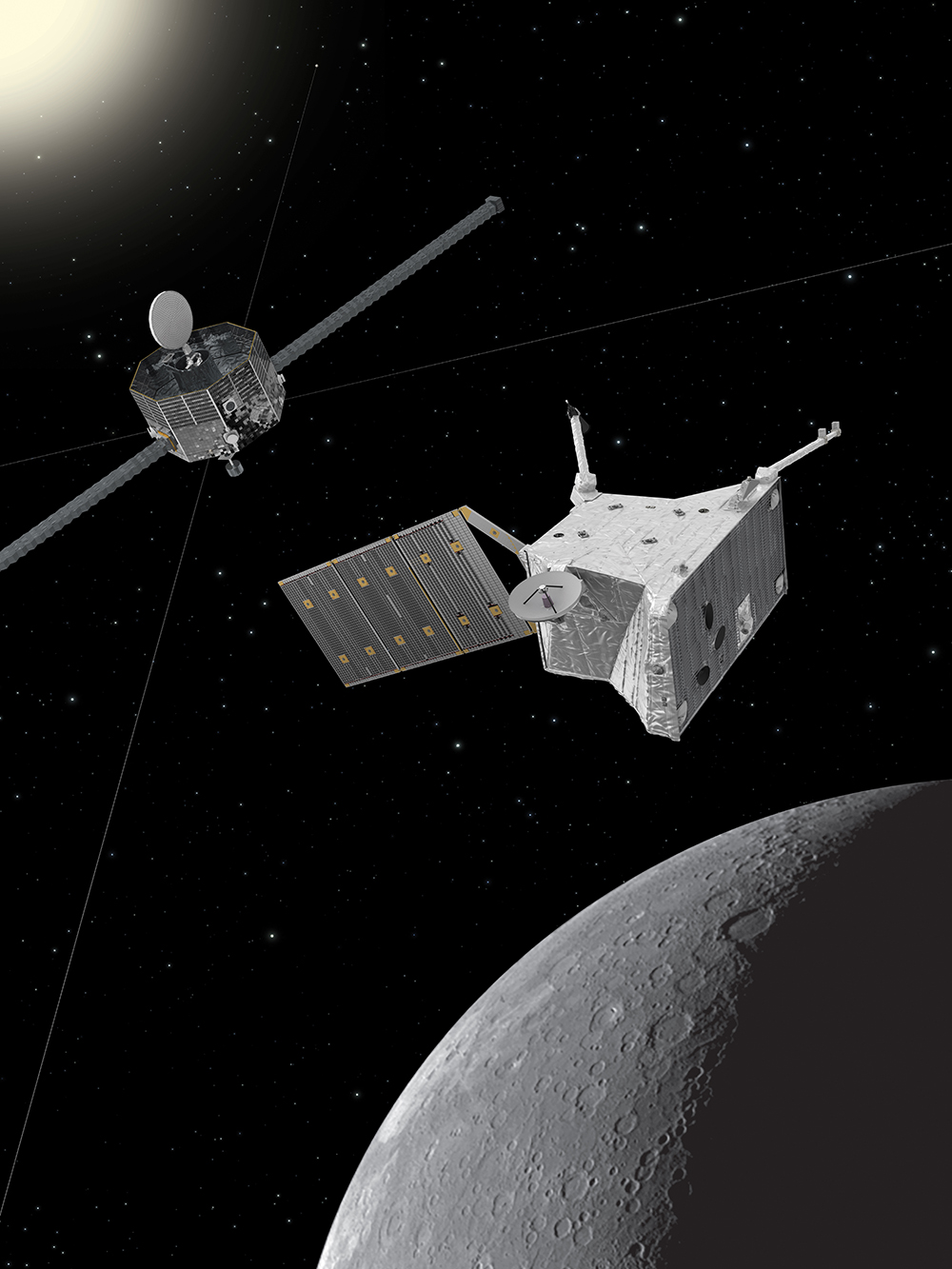Journey to Mercury with Involvement from Bern
On Saturday 20 October 2018, at 03:45 a.m. CET, the BepiColombo space probe is to set off on its journey to Mercury from the European spaceport in Kourou, French Guiana. On board the European Space Agency (ESA) and Japan Aerospace Exploration Agency (JAXA)’s joint space probe are instruments which were designed and built at the Physics Institute of the University of Bern: the laser altimeter BELA – the largest and most sensitive instrument of the mission – and the innovative mass spectrometer STROFIO.
The BepiColombo space probe, which is 6.40 meters tall and weighs 4.1 tonnes, will begin its journey to Mercury with an Ariane 5 launcher. The probe itself consists of two spacecraft: the Mercury Planetary Orbiter (MPO), which was constructed by the European Space Agency (ESA) and the Mercury Magnetospheric Orbiter (MMO), which was constructed by the Japan Aerospace Exploration Agency (JAXA). Both spacecraft will fly to Mercury together as a coupled system, but will be put onto separate orbits upon arrival. The MMO will investigate the magnetospheric interaction between the planet and the solar wind, while the MPO will be put onto a lower orbit which is optimal for carrying out remote sensing of the planet’s surface.
3D image of Mercury and analysis of the atmosphere thanks to instruments from Bern
The laser altimeter BELA is one of the most important and most sensitive experiments on board the MPO. The instrument was developed by an international consortium under the management of the University of Bern and the German Aerospace Center (DLR). The aim is to measure the shape, topography and morphology of the surface of Mercury. "Fundamentally, we will be able to create a 3D image of the entire planet thanks to BELA," explains Nicolas Thomas, Co-Project Manager of BELA and Director of the Physics Institute of the University of Bern.
The second instrument from Bern on board BepiColombo is STROFIO, an innovative mass spectrometer. Its project manager is Peter Wurz, a professor at the Physics Institute of the University of Bern and Co-Director of the Department of Space Research and Planetary Sciences. He says: "With STROFIO, we will record the very thin atmospheres of Mercury – we speak of an ‘exosphere’ – and analyze its chemical composition." Wurz continues to explain that STROFIO has been specially built for Mercury’s thin atmosphere and for its measurement on the MPO’s orbit. "What’s more, STROFIO is able to effectively suppress the signal sent by the space probe’s own atmosphere." states Wurz.
Peter Wurz and Nicolas Thomas were involved in the BepiColombo mission right from the beginning: the two space researchers from Bern were part of the ESA’s science advisory group which designed this mission. "One of the biggest challenges of the mission is the heat which we can expect on Mercury due to its proximity to the sun," says Nicolas Thomas. The researchers at the University of Bern had to design and build the instruments in such a way that they are able to withstand the heat of the sun which, on Mercury, can be ten times that what it is on Earth.
A long and risky journey
The European-Japanese space probe’s journey to Mercury, the smallest planet in our solar system, will take seven years. "Among other things, BepiColombo will fly past Venus twice and past Mercury six times in order to decelerate. Otherwise, the probe would plunge into the sun," states Nicolas Thomas. This maneuver must be carried out very precisely, as Peter Wurz explains: "The maneuver to bring the probe into orbit around Mercury will take place last; this is carried out through chemical propulsion. Our nerves will probably be pretty taut."
Once BepiColombo has achieved its intended orbit, data transmission to Earth will take approximately 15 minutes. Ultimately, the scientific investigations and experiments on Mercury should take one to two years.
|
Find out more information on the BepiColombo mission on the ESA website: Find out more information about BELA on the ESA website: Find out more information about STROFIO on the ESA website: |
Bernese space exploration: working together with the world’s elite for 50 yearsWhen viewed in terms of figures, Bernese space exploration reveals an impressive balance sheet: Instruments have flown into the upper atmosphere and ionosphere with rockets 25 times (1967-1993), into the stratosphere on balloon flights 9 times (1991-2008), 33 instruments have accompanied space probes on their missions, and a satellite has been built (CHEOPS, start of the 1st half of 2019). The successful work of the department of Space Research & Planetology (WP) from the Physics Institute of the University of Bern was consolidated by the founding of a university competence center: the Center for Space and Habitability (CSH). The Swiss National Fund also awarded the University of Bern the national research focus (NRF) PlanetS, which they manage together with the University of Geneva. |
Support of the SERI / Swiss Space OfficeThe BepiColombo mission would not have been possible without the support of the SERI / Swiss Space Office and Switzerland's contribution to ESA. In particular, the SERI provided financial support for the development of scientific instruments. It must be noted that, for all instruments developed in Switzerland and under the lead of UniBE, significant work and/or supplies have come from Swiss industry. In this case, no less than 20 companies have contributed to the development, design and building of the above scientific contributions. The PRODEX programme under which such scientific instruments or sub-systems are provided requires an industrial share of at least 50% of the overall project. This condition enables a knowledge- and technology transfer from and to industry and provides the Swiss workplace with a structural and competitive advantage – this includes spill over effects to the non-space sector of the involved companies. Swiss contributions to ESA programmes enable swiss scientists and industry to participate in selected missions. Media release of the State Secretariat for Education, Research and Innovation SERI |
2018/10/17

